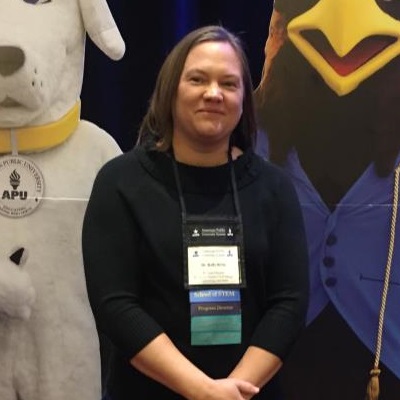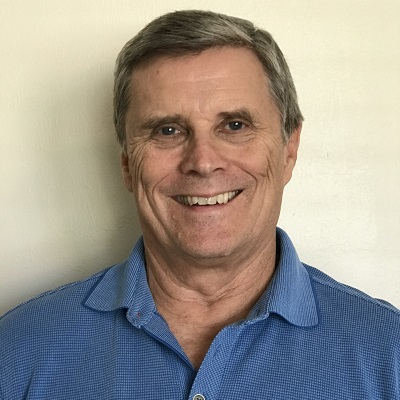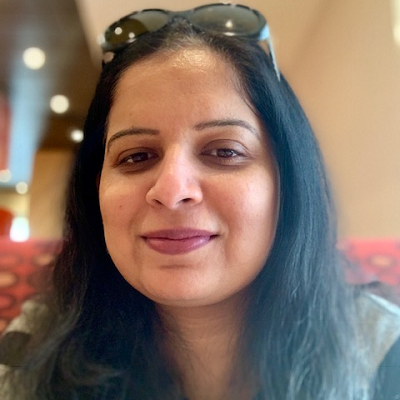|
< Return to program
Living Shorelines
The Value of Living Shoreline Systems through the Lens of Energy Systems
Kelly Chinners Reiss, Kris Thoemke and Fatima Ghani
Monday, May 20
Maryland Room
2:15 PM
About the Session
Natural shorelines are not merely the edges of waterbodies; they are a dynamic interplay of land and water with properties of aquatic, terrestrial, and wetland habitats. Static shoreline armoring projects traditionally relied only on seawalls, sheet piles, riprap, and other non-living elements. But inanimate features can not by themselves adjust to changing currents, sea levels, and other hydrological changes in the same way that purely natural shorelines do. Living shorelines are designed to incorporate vegetation and other elements of natural shorelines to meet stabilization requirements. The art of designing living shorelines is a specialized sub-discipline of Ecological Restoration that draws from the sciences of ecology, hydrology, wetland science, and engineering. Experts speaking at these sessions will offer attendees a greater appreciation of the utility and beauty of living shorelines, especially in estuarine and riverine settings.
About the Presenters
|
 Kelly Chinners Reiss Kelly Chinners Reiss
Kelly Chinners Reiss is Professor of Environmental Science at American Public University System (APUS). Her research focuses on wetlands ecology from the community to the landscape scale. Her favorite wetlands to research are the cypress forests of the southeastern coastal plain. Dr. Reiss holds degrees in forest resources and conservation (B.S.) and environmental engineering sciences with a focus in systems ecology (M.S., Ph.D.). Currently the Program Director for Environmental Science for APUS, she has over 15 years of instructional experience.
Dr. Reiss's research has included projects on wetland biological assessment; primary succession of forested wetlands following phosphate mining; hydrology and nutrient concentrations in isolated wetlands; nutrient effects on springs; evaluation of wetland mitigation including developing a training manual for the Uniform Mitigation Assessment Method (UMAM); and developing wetland bioindicators. Dr. Reiss was a co-lead investigator on the Florida project for the US Environmental Protection Agency (EPA) National Wetland Condition Assessment (NWCA) 2011 and 2016 as a research affiliate with the HT Odum Center for Wetlands, University of Florida. Dr. Reiss currently serves as the Secretary/Treasurer of the Wetlands Working Group (WWG) of The Wildlife Society (TWS); is a lifetime member of the Society of Wetland Scientists (SWS) and the Ecological Society of America (ESA); and is a member of the National Association of Environmental Professionals (NAEP) and the Coastal and Estuarine Research Federation (CERF).
|
|
 Kris Thoemke Kris Thoemke
Dr. Kris Thoemke, CEP, is a part time faculty member at American Public University and a Senior Scientist at Coastal Engineering Consultants, Inc. He teaches graduate classes on Environmental Management and NEPA. His research interests are in dredging impacts on seagrass and using living shorelines for mitigation. His favorite places are on, in or underwater.
 Fatima Ghani Fatima Ghani
Fatima Ghani is an academic researcher and an emerging professional in the field of environmental sciences. Her research focuses on green infrastructure from the community to regional scale. Other areas of interest in research include sustainable design, climate change and global environmental change. Fatima holds a bachelor’s degree in Architecture (B.Arch.) from India (Aligarh University) and master’s degree from American Public University System (APUS) in Environmental Policy and Management with a concentration in sustainability (M.S.). She has around 7 years of teaching experience as an assistant professor of architecture and design in India. Currently, she is engaged in research on mapping the changes and impact of natural disasters (hurricanes) in the mid-Atlantic region. Fatima’s research has included projects on climate resiliency, socially responsible design, and sustainable architecture. She has also attended several professional training workshops in these areas. She is a member of the National Association of Environmental Professionals (NAEP).
|
|

 Kelly Chinners Reiss
Kelly Chinners Reiss Kris Thoemke
Kris Thoemke Fatima Ghani
Fatima Ghani

